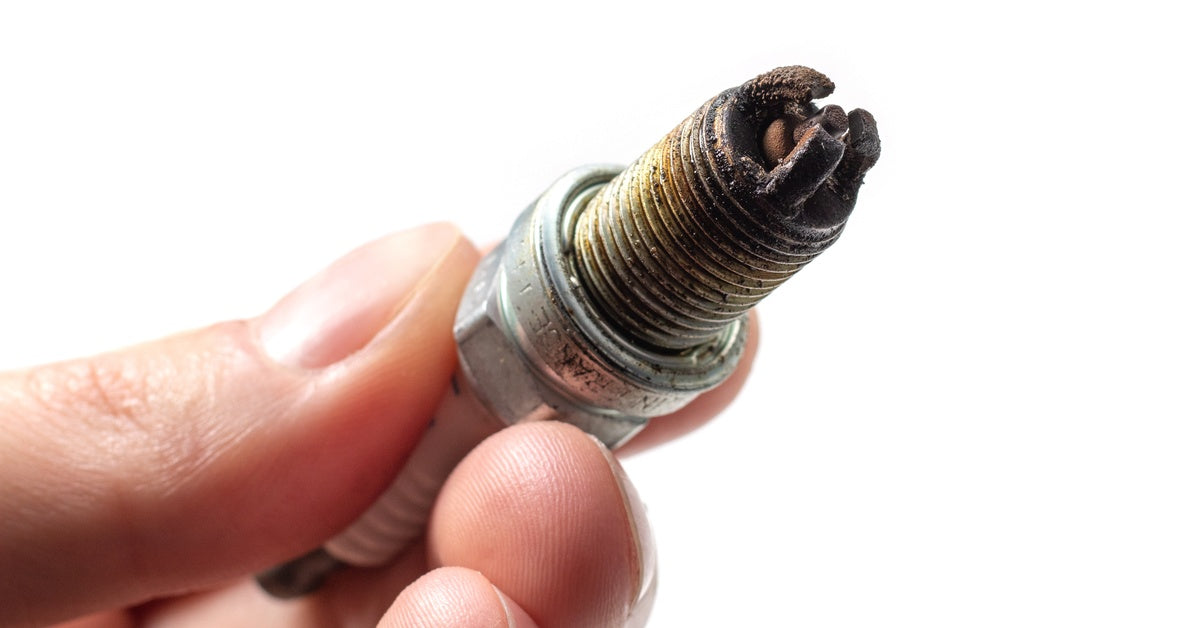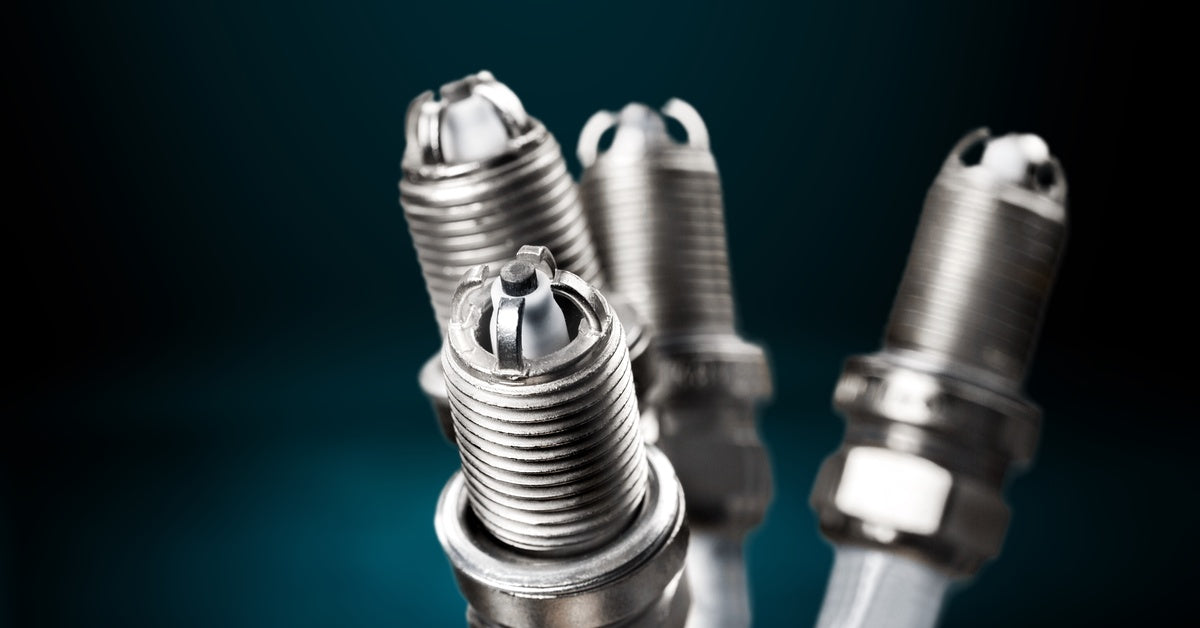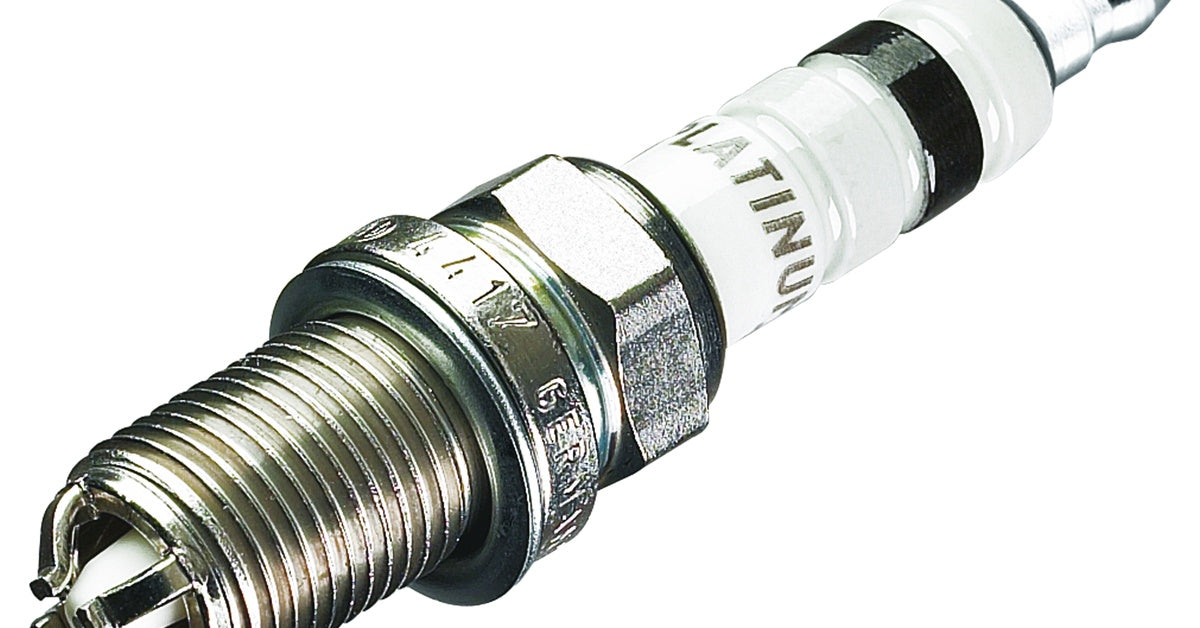
With today's computerized controls, engines rely on sensors to provide accurate information when adjusting the air/fuel mixture. Mounted in the exhaust manifold, O2 sensors monitor the amount of unburned oxygen. The information collected is used by the vehicle's onboard computer to regulate emissions for peak engine performance. On your streetcar, the engine is started without signal from the O2 sensor (called an open loop). This allows for a rich mixture during engine warm-up.
The tip of the oxygen sensor in most vehicles emits a voltage signal when the bulb of the O2 sensor is exposed to the hot exhaust. The sensor sends the information to the computer. If there is less oxygen, the engine is running rich. Conversely, if there is more oxygen, the engine is running lean. Most late-model vehicles are equipped with a heat source to warm the sensor for a more accurate voltage signal immediately. This allows the system to go into a closed loop for faster feedback, so the fuel mixture is balanced sooner to reduce unwanted emissions.
As contaminants accumulate on the sensor tip, the ability to produce a signal (voltage) is reduced and the performance of the O2 sensor diminishes. Fuel consumption and emissions into the environment go up with the O2 sensor's slower response. Once an O2 sensor lacks the ability to change back and forth quickly, it needs to be replaced. As a vehicle operator, you cannot rely on error codes as a failing sensor may or may not trigger a fault code. When an O2 sensor fails, the computer operates in an open loop.
Anytime there is an engine performance issue, the O2 sensor should be checked. The sensor can be checked by removing it from the exhaust manifold and connecting it to a digital voltmeter. A heat source, such as a propane torch, is used to heat the sensor element and the voltage output is confirmed with the voltmeter. It is always a good idea to have the O2 sensor checked anytime the spark plugs in your engine are changed. Moreover, it is always prudent to install E3 automotive spark plugs or E3 racing plugs in your car or truck.
E3 DiamondFire Sensors are used in a wide variety of refuse trucks, school buses, transit buses and many natural gas applications. Priced to be very competitive, E3 sensors meet or exceed the specifications of high-demand natural gas and gas plus engines. E3’s High Performance Race O2 Sensors are specially designed to withstand the ultra-harsh environment of motorsports competition. Replacement sensors feature a robust construction and a pre-terminated connector for quick installation. E3 DiamondFire technology delivers improved engine response, longer sensor life and reliable performance lap after lap.







